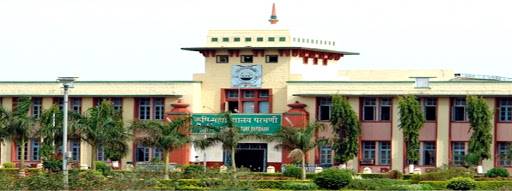
Parts of Maharashtra, Madhya Pradesh, Rajasthan, and Uttar Pradesh have been facing locusts attack. They are destroying crops and vegetation. In this regard, now an agriculture university has suggested some measures like destroying their eggs & spraying neem oil on crops for tackling threat from these migratory pests.
Locusts which are fast-moving insects entered parts of Vidarbha in eastern Maharashtra earlier this week. They crossed into Balaghat district of Madhya Pradesh (MP) from eastern Maharashtra on Thursday afternoon, said a senior agriculture department official.
Officials had also said that locusts swarms was moving eastwards, towards Gondia district of Maharashtra, earlier Thursday after entering Bhandara from Nagpur district on Wednesday.
The Vasantrao Naik Agriculture University at Parbhani in Marathwada has suggested some measures to tackle locusts destroying crops & travelling long distances in search of food.
Measures to tackle Locusts attack:
Destroying the eggs of locusts, digging trenches of a specific size & spraying neem oil on standing crops are some of the effective methods to control the menace, the university said in a statement.
The department of agricultural entomology of the university has published a set of guidelines on Thursday for farmers which mentioned the following points.
1. Female locusts lay 50 to 100 eggs in moist sandy land. The hatching period of these eggs depends on environment & may stretch from 2-4 weeks. Larvae cannot fly immediately when they come out.
2. The university has suggested for destroying those eggs in groups.
3. Farmers can do so by digging trenches in a size of 60 centimeters wide and 75 centimeters deep which can help to catch small locusts from the flock.
4. As per the university experts, larvae when they grow & start flying in groups, can destroy leaves, branches, flowers and seeds. Adult locusts can eat food equivalent to their weight. They can fly with a speed ranging from 12 - 16 km per hour, the university said.
5. The university added, "If a swarm of locusts is in one square km area, their weight can be up to 3,000 quintals. Their flocks can be neutralised during night time (which is their resting time) with the help of smoke. But farmers need to be very careful and ensure their crops do not catch fire."
6. Farmers can spray 2.5 litres of neem oil per hectare which is proved effective in controlling swarms of locusts.
















